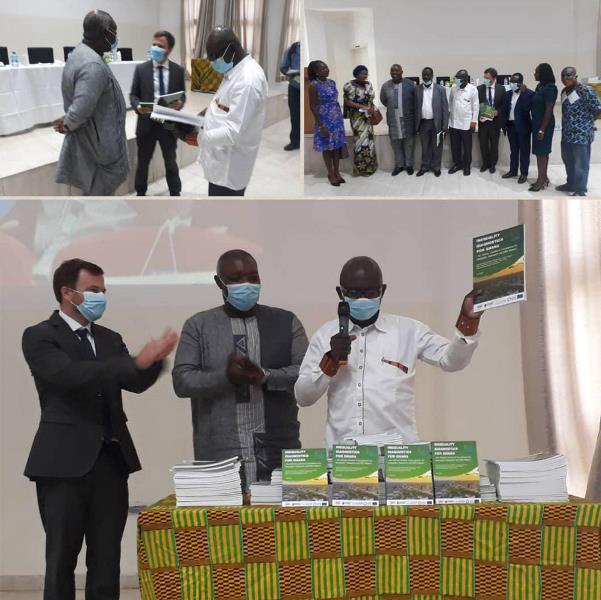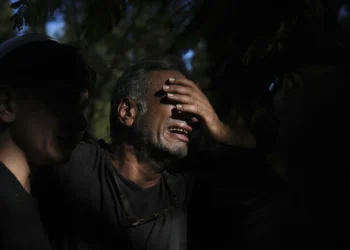The Institute of Statistical, Social and Economic Research (ISSER) in collaboration with the African Research Universities Alliance (ARUA), Agence Francaise de Developpement (AFD), and the EU has launched a diagnostic report on inequality in Ghana.
The diagnostic report makes several notable recommendations. Findings from the report posits that Ghana should embark on deepening inclusive growth policies by enhancing access to social amenities, address regional and locational disparities and expand coverage of social protection schemes as well as social safety nets.
Furthermore, the report stresses on the need to improve the socio-economic statuses of Ghanaians through access to education in all regions since it is able to shape opportunities for better socio-economic outcomes in the future, and that the current Free SHS policy has such potential but it needs to be reviewed in order to ensure quality and sustainability. Also, it mentions the need for Government to deliberately distribute economic resources to ensure equality of opportunity in all of Ghana.

Speaking at the launch, Professor Ernest Aryeetey remarked that this launch is intended to begin discussions on inequality in Ghana, at a time when global debates on growing inequalities had become necessary. He further said that ARUA, since 2014 has found inequality as one of the major areas of concern for the sub-region and Africa at large.
The diagnostic report focuses on the Growth-poverty-inequality nexus in Ghana and it is to help spark discussions among Government, civil societies, businesses, academia and international institutions on priorities on inequalities and the need for concrete actions going forward.
Findings from the Report
Dr. Atta-Ankomah, a member of the Africa Centre of Excellence for Inequality Research (ACEIR), the Ghana node, in his presentation focused on three themes of inequalities; consumption inequalities, labour market inequalities, incidence of access to key social and economic amenities or services.
The report showed that although, Ghana has been experiencing a decline in poverty levels over time, inequality has been slightly increasing. There were also regional disparities in inequality levels, as households in the three Northern regions where poverty incidence is high experienced higher inequality levels. However, he noted that wage inequality was gradually reducing in Ghana.

Other highlights of the diagnostic report, presented by Dr. Nkechi Owoo showed that factors that reduce inequality include increase in education, access to gainful employment, low dependency ratio among households and the provision of social safety nets such as the NHIS.
Dr. Monica Lambon-Quayefio, in her presentation noted that inequality of opportunity (IOP) contributes significantly to total inequality in Ghana. In her analysis, she pointed out that this type of inequality has increased significantly overtime from 4.1% in 2010 to 8.1% in 2014. As such, the main drivers of this type of inequality are region of birth and educational attainment of parents, parental presence, parental education, type of school, gender and region of residence.
She further explained that inequality is negatively associated with education outcomes and inequality of opportunity mediates this relationship.
In attendance at the launch were the Secretary General of ARUA and the former Vice Chancellor of the University of Ghana, Prof. Ernest Aryeetey, the Director of ISSER, Prof. Peter Quartey, and the Pro Vice Chancellor for Research, Innovation and Development, Prof. Felix Asante.
READ ALSO: GSS’ Multi-dimensional Poverty Index Report reveals miserable view of poverty levels in Ghana



















